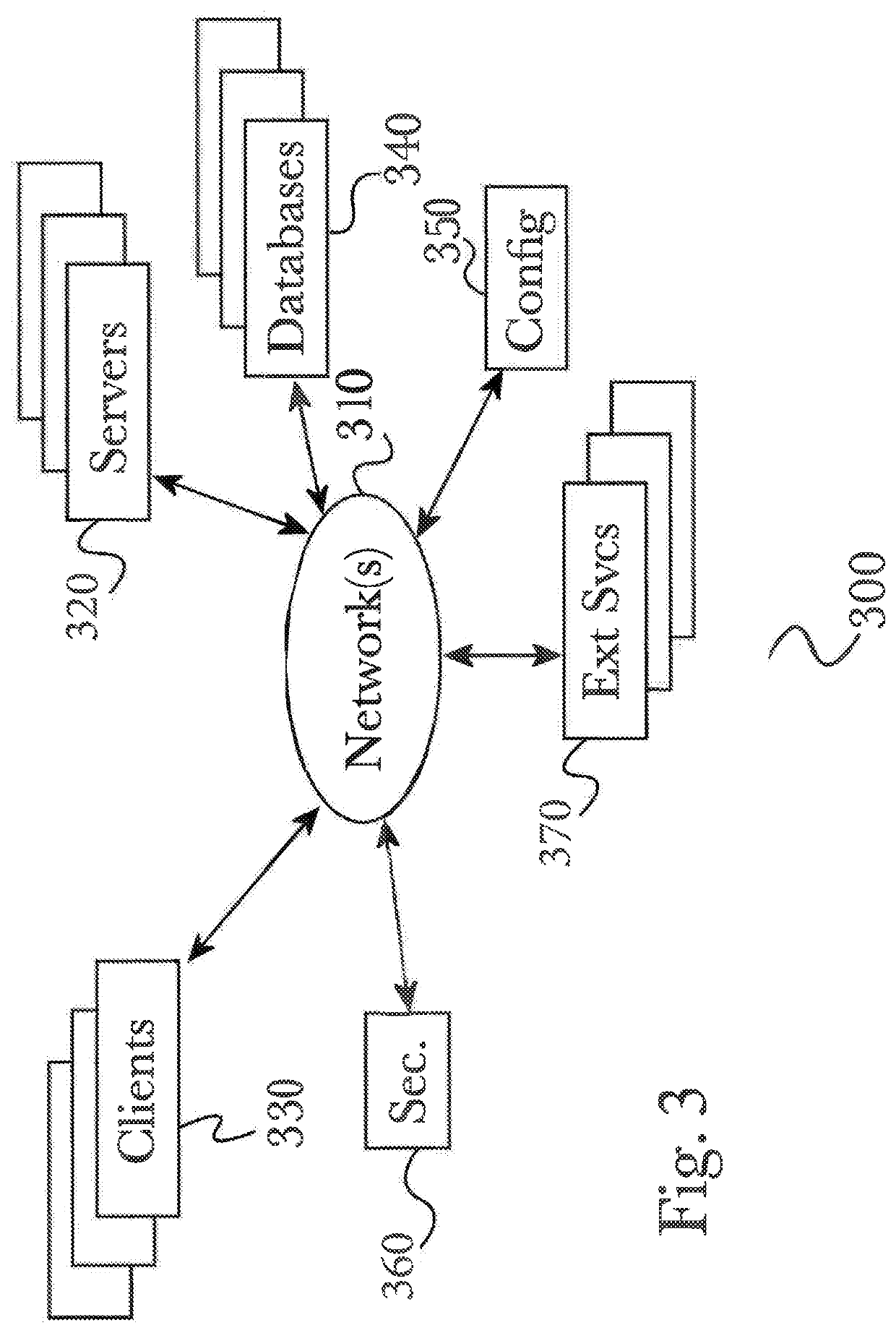Pathfinding in two and three-dimensional spaces using an automated planning service
a two-dimensional space and automatic planning technology, applied in the field of automatic planning, can solve the problems of imposing a de facto limit on the size of the problem a given system is capable of handling, and the current system does not scale well
- Summary
- Abstract
- Description
- Claims
- Application Information
AI Technical Summary
Benefits of technology
Problems solved by technology
Method used
Image
Examples
example response (
[0121200 OK):
{“pipelineId”:“038bf27f-52f0-40cf-95db-b70b83ade772”,“invalidStages”:[ ],“statusCode”:200}
[0122]The command is received 2021 and the pipeline is deserialized 2022 and a pipeline validation call is made 2023. A response 200 is returned with a list if invalid stages and paths are found 2024.
[0123]FIGS. 20B and 20C illustrate the operation of a set of Get 2002 and Post commands. APACHE FLINK™ will be used throughout the figures to refer to a data management backend. The GET / api / pipelines?tag=A&tag=B’ is a command having a content type: ‘application / json.’ This command gets the pipelines that are associated with the provided tag(s). An example response (200 OK):
{ “pipelineId”:null, “data”:[{ “name”:“pipeline1”, “description”:null, ...},{ “name”:“pipeline2”, “description”:null, ...} ] “statusCode”:200}
[0124]The GET / api / pipelines / {uuid} command is a command having a content type: ‘application / json.’ The command gets the pipeline previously posted pipeline from the database....
PUM
 Login to View More
Login to View More Abstract
Description
Claims
Application Information
 Login to View More
Login to View More - R&D
- Intellectual Property
- Life Sciences
- Materials
- Tech Scout
- Unparalleled Data Quality
- Higher Quality Content
- 60% Fewer Hallucinations
Browse by: Latest US Patents, China's latest patents, Technical Efficacy Thesaurus, Application Domain, Technology Topic, Popular Technical Reports.
© 2025 PatSnap. All rights reserved.Legal|Privacy policy|Modern Slavery Act Transparency Statement|Sitemap|About US| Contact US: help@patsnap.com



